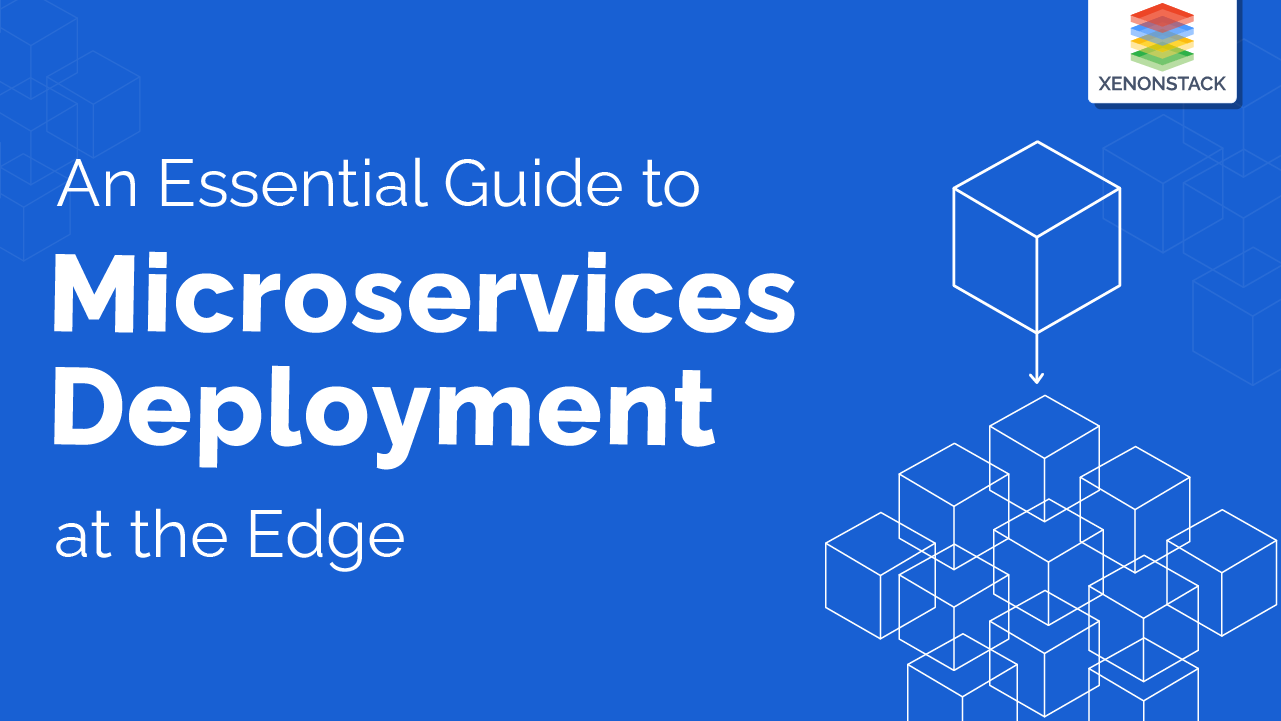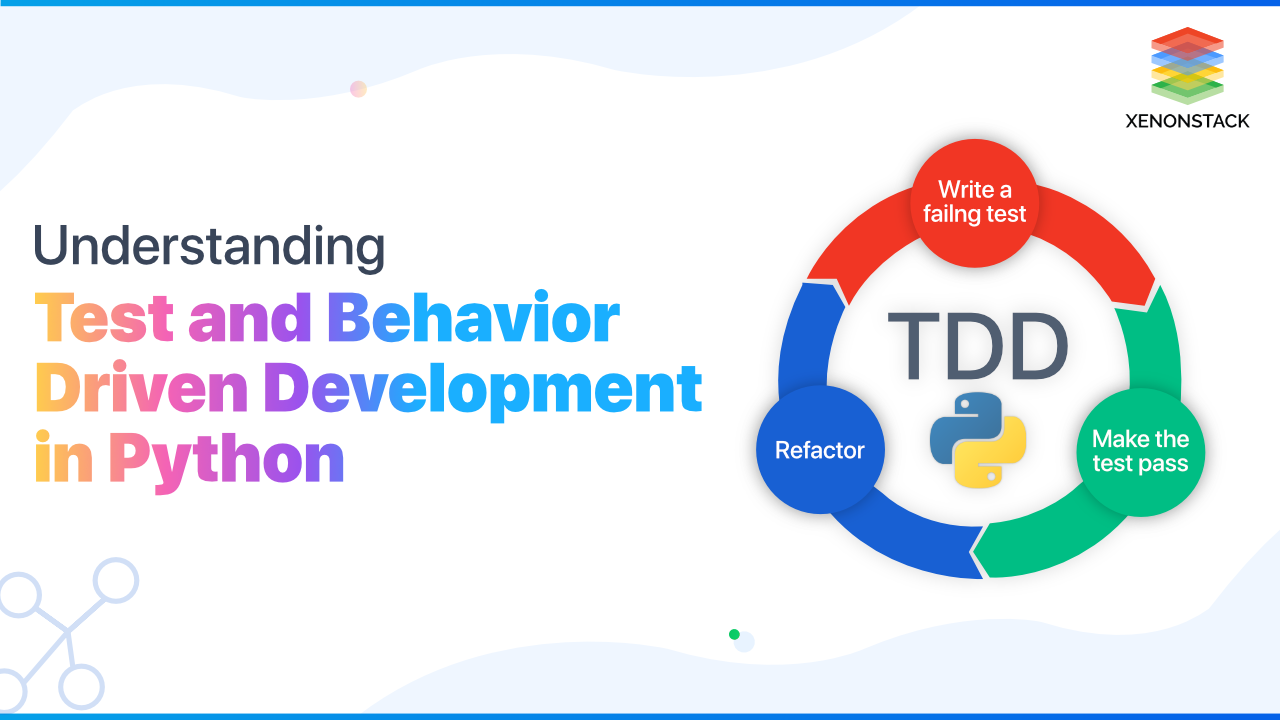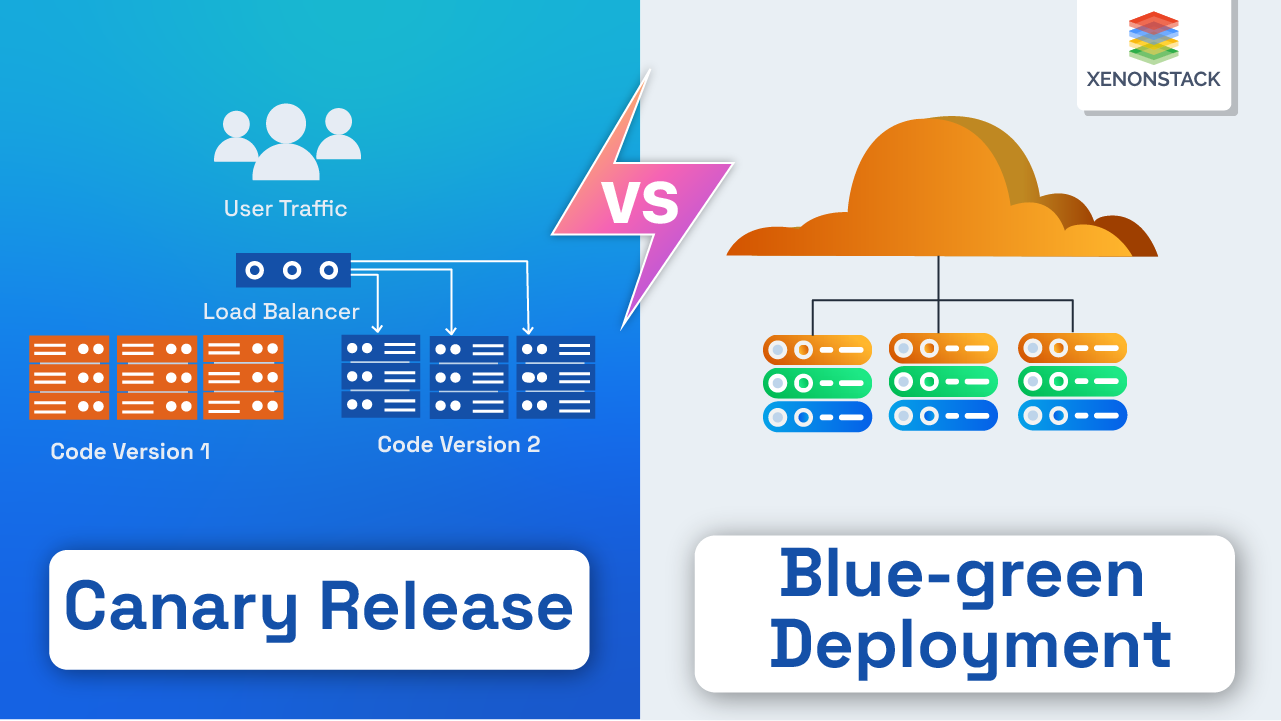
Introduction to CI/CD Pipeline Tools
CI/CD pipeline tools enable the automation of the software development process, from source code management to deployment. The acronym "CI/CD" means Continuous Integration and Continuous Delivery/Deployment. Continuous Integration (CI) integrates code changes into a shared repository frequently, often multiple times daily. This allows developers to catch and fix issues early, reducing the risk of bugs and conflicts. Continuous Delivery/Deployment (CD) is the practice of automating the delivery and deployment of software to production environments. This allows teams to rapidly and reliably release new features and bug fixes to users.
CI/CD pipeline tools automate the process of building, testing, and deploying software, ensuring that each process step is consistent and reliable. These tools typically include source code management, automated testing, deployment automation, and monitoring. Some popular CI/CD pipeline tools include Jenkins, Travis CI, CircleCI, GitLab CI/CD, and Azure DevOps. These tools offer a wide range of features and integrations, making them flexible and adaptable to the needs of different development teams.
CI/CD is among the best practices for the DevOps teams to implement using DevOps Assembly Line. Taken From Article, Continuous Integration and Continuous Delivery
What is the Architecture of CI/CD Pipeline Tools?
The architecture of CI/CD pipeline tools varies depending on the specific tool being used, but generally, the architecture can be broken down into four main components:
- Source Control Management (SCM): This component manages the source code repository and provides version control functionality. It typically integrates with other CI/CD pipeline tools to trigger builds and deployments when code changes are made automatically.
- Build System: This component compiles the source code, runs automated tests, and generates artifacts such as executable binaries, libraries, and documentation. The build system may also perform static code analysis and security checks to ensure the code meets quality and security standards.
- Deployment Automation: This component automates the deployment of code changes to various environments, such as development, staging, and production. It may include features such as rollback and version tracking to ensure that the correct version of the software is deployed.
- Continuous Feedback and Monitoring: This component provides feedback to the development team about the status of builds, tests, and deployments. It may also provide metrics and analytics on the performance and usage of the software to help inform future development efforts.
What are the various types of CI/CD Tools?
Different types of CI/CD tools enable the automation of various stages of the software development lifecycle. Here are the main types of CI/CD tools:
- Continuous Integration (CI) Tools: These tools focus on automating the code integration process by frequently building and testing the codebase, typically daily. CI tools integrate code changes into a shared repository and ensure the application is always ready for release. Examples of popular CI tools include Jenkins, CircleCI, and Travis CI.
- Continuous Delivery (CD) Tools: CD tools automate releasing software to production environments by integrating the CI process with deployment pipelines. These tools automate software building, testing, and deployment to various environments, including staging and production. Examples of popular CD tools include GitLab CI/CD, Bamboo, and CodeShip.
- Release Automation Tools: These tools focus on automating releasing software to production environments by providing end-to-end automation for the entire release process. Release automation tools integrate with various other tools, such as CI/CD, configuration management, and IT service management (ITSM) tools. Examples of popular release automation tools include Spinnaker and ElectricFlow.
- Containerization and Orchestration Tools: Containerization tools enable the packaging of an application with all its dependencies into a single container image. Container orchestration tools automate the management of containers in production environments, including scaling and failover. Examples of popular containerization and orchestration tools include Docker, Kubernetes, and OpenShift.
DevOps combines cultural principles, processes, and technologies that increase an organization's ability to deliver high-speed applications and services. Taken From Article, DevOps Best Practices
Use Case of CI/CD Pipeline Tool
CI/CD pipeline tools have a wide range of use cases, including:
- Continuous Integration: CI pipeline tools can be used to automate the process of building, testing, and integrating code changes into a shared repository. This helps to catch and fix issues early in the development cycle, reducing the risk of bugs and conflicts.
- Continuous Delivery/Deployment: CD pipeline tools can automate deploying code changes to production environments. This helps to speed up the release cycle and ensure that new features and bug fixes are delivered to users quickly and reliably.
- Automated Testing: CI/CD pipeline tools can automate running tests on code changes, ensuring the code meets quality and performance standards. This includes unit tests, integration tests, and functional tests.
- Infrastructure as Code: CI/CD pipeline tools can be used to automate the process of provisioning and configuring infrastructure, such as servers and databases. This helps to ensure that infrastructure is consistent and reliable across environments.
- DevOps Collaboration: CI/CD pipeline tools can be used to facilitate collaboration between development and operations teams. By automating critical tasks and providing feedback on the status of builds and deployments, these tools help to improve communication and reduce the risk of errors and conflicts.
- Cloud Native Development: CI/CD pipeline tools are well-suited to cloud-native development, where applications are designed to be deployed in a containerized and microservices-based architecture. By automating the process of building, testing, and deploying containerized applications, these tools help to streamline the development and deployment process.
What are the Challenges for implementing CI/CD Pipeline Tools?
While CI/CD pipeline tools offer many benefits to development teams, several challenges can arise when implementing these tools. Some of the key challenges include:
- Technical Complexity: CI/CD pipeline tools can be complex and require expertise in multiple areas, such as automation, scripting, and infrastructure. This can make it difficult for teams to implement and maintain these tools, especially if they need to gain the necessary skills and experience.
- Integration with Legacy Systems: Many organizations have legacy systems that need help integrating with modern CI/CD pipeline tools. This can result in delays and additional work to adapt the existing systems to the new tools.
- Culture and Process Changes: Implementing CI/CD pipeline tools requires changes to the development culture and processes. This can be challenging, especially in organizations that traditionally rely on manual processes and have a more risk-averse culture.
- Security and Compliance: CI/CD pipeline tools can introduce new security and compliance risks if not implemented properly. Teams must ensure their tools are secure and compliant with relevant regulations, such as HIPAA and GDPR.
- Cost and Resource Allocation: Implementing CI/CD pipeline tools can require significant time, resources, and infrastructure investment. Organizations must consider the costs and benefits of implementing these tools and allocate resources accordingly.
A fast-growing software engineering profile and is a systematic process from development to release of a reliable product. Taken From Article, Release Engineering for Continuous Development
Ways to overcome challenges in CI CD
Here are some ways to overcome the challenges in implementing CI/CD pipeline tools:
- Technical Complexity: Invest in training and education for development teams to build the necessary skills and expertise to implement and maintain the tools. Use online tutorials, workshops, and conferences to keep up-to-date with the latest trends and best practices.
- Integration with Legacy Systems: Adopt a phased approach to implementation, starting with smaller, less complex systems before scaling up to larger, more complex systems. Invest in tools and technologies that enable seamless integration with legacy systems.
- Culture and Process Changes: Develop a comprehensive change management plan that includes communication and education about the benefits of CI/CD pipeline tools and how they can improve the development process. Foster a culture of continuous improvement and encourage experimentation and innovation.
- Security and Compliance: Ensure that the tools and processes are designed with security and compliance in mind. This includes implementing secure coding practices, conducting regular security audits, and ensuring the tools comply with relevant regulations.
- Cost and Resource Allocation: Develop a comprehensive budget and resource plan that considers the costs of infrastructure, tools, training, and personnel. Consider using cloud-based tools and technologies to reduce infrastructure costs and increase scalability.
What are the Best Practices of CI/CD Pipeline?
Here are some best practices to consider when implementing a CI/CD pipeline:
Automate everything: The more automation you have in your pipeline, the faster and more reliable your software delivery process will be. Automate all the repetitive tasks such as building, testing, deployment, and monitoring.
Use Version Control
Version control is critical to any CI/CD pipeline. Use a version control system to track changes to your codebase and ensure that everyone on your team uses the same version.
Implement Continuous Testing
Automate testing throughout the development process, including unit testing, integration testing, and end-to-end testing. Test early and often to catch defects as early as possible, reducing the risk of finding issues later in the development process.
Use Feedback Loops
Build in feedback loops to monitor your pipeline, identify bottlenecks, and make improvements. Use data and metrics to measure the performance of your pipeline and track progress toward your goals.
Keep your Pipeline Simple
Complete your pipeline with enough tools or processes. Please keep it simple, streamlined, and easy to maintain.
Ensure Security and Compliance
Implement security and compliance measures throughout the development process to ensure your pipeline is secure and compliant with industry regulations and standards.
Practice Continuous Deployment
Continuous deployment enables you to release new features and fixes to production environments quickly and reliably. Automate the deployment process to minimize the risk of human error.
Foster a Culture of Continuous Improvement
Encourage your development team to experiment, innovate, and continuously improve your CI/CD pipeline. Use retrospectives and other feedback mechanisms to identify areas for improvement and make iterative changes over time.
Conclusion
CI/CD pipeline tools have become essential for software development teams looking to accelerate their delivery process and improve software quality. These tools help automate software building, testing, and deployment and enable teams to catch defects early in the development cycle. While implementing a CI/CD pipeline can come with some challenges, such as tool complexity and the need for culture change, these can be overcome by following best practices, such as keeping the pipeline simple, automating as much as possible, and fostering a culture of continuous improvement.
- Explore here about DevTestOps Advantages and Best Practices
- Read about Deployment Automation Challenges and Best Practices


